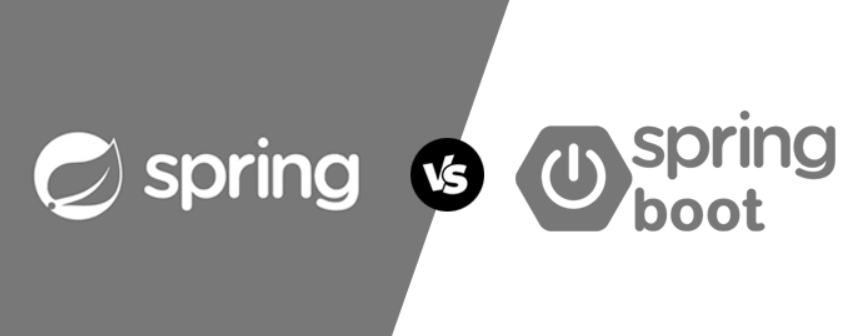1. Whats Spring ?
The Spring Framework (Spring) is an open-source application framework that provides infrastructure support for developing Java applications. One of the most popular Java Enterprise Edition (Java EE) frameworks, Spring helps developers create high performing applications using plain old Java objects (POJOs).
A framework is a large body of predefined code to which developers can add code to solve a problem in a specific domain. There are many popular Java frameworks including Java Server Faces (JSF), Maven, Hibernate, Struts, and Spring.
It’s packed with some nice features like Dependency Injection, and out of the box modules like:
- Spring Data JDBC,part of the larger Spring Data family, makes it easy to implement JDBC based repositories. This module deals with enhanced support for JDBC based data access layers. It makes it easier to build Spring powered applications that use data access technologies
- Spring MVC, Java framework which is used to build web applications. It follows the Model-View-Controller design pattern. It implements all the basic features of a core spring framework like Inversion of Control, Dependency Injection.
- Spring Security, a powerful and highly customizable authentication and access-control framework. It is the de-facto standard for securing Spring-based applications. It is a framework that focuses on providing both authentication and authorization to Java applications. Like all Spring projects, the real power of Spring Security is found in how easily it can be extended to meet custom requirements
- Spring AOP, Aspect-Oriented Programming (AOP) complements Object-Oriented Programming (OOP) by providing another way of thinking about program structure. The key unit of modularity in OOP is the class, whereas in AOP the unit of modularity is the aspect. Aspects enable the modularization of concerns such as transaction management that cut across multiple types and objects
- Spring ORM,The Spring Framework provides integration with Hibernate, JDO, Oracle TopLink, iBATIS SQL Maps and JPA: in terms of resource management, DAO implementation support, and transaction strategies. For example for Hibernate, there is first-class support with lots of IoC convenience features, addressing many typical Hibernate integration issues. All of these support packages for O/R (Object Relational) mappers comply with Spring’s generic transaction and DAO exception hierarchies.
- Spring Test
These modules can drastically reduce the development time of an application.
2. What Is Spring Boot?
Spring Boot is basically an extension of the Spring framework, which eliminates the boilerplate configurations required for setting up a Spring application.
It takes an opinionated view of the Spring platform, which paves the way for a faster and more efficient development ecosystem.
Here are just a few of the features in Spring Boot:
Opinionated ‘starter’ dependencies to simplify the build and application configuration
Embedded server to avoid complexity in application deployment
Metrics, Health check, and externalized configuration
Automatic config for Spring functionality – whenever possible.
Spring Boot provides a number of starter dependencies for different Spring modules. Some of the most commonly used ones are:
- spring-boot-starter-web
- spring-boot-starter-data-rest
- spring-boot-starter-data-jpa
- spring-boot-starter-security
- spring-boot-starter-data-mongodb
- spring-boot-starter-test
- spring-boot-starter-mail
- spring-boot-starter-thymeleaf
- spring-boot-starter-quartz
- spring-boot-starter-websocket
For the full list of starters, also check out the Spring documentation.

